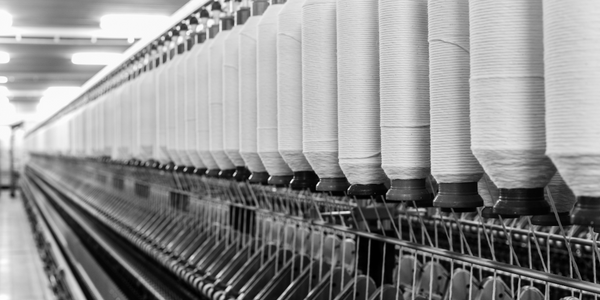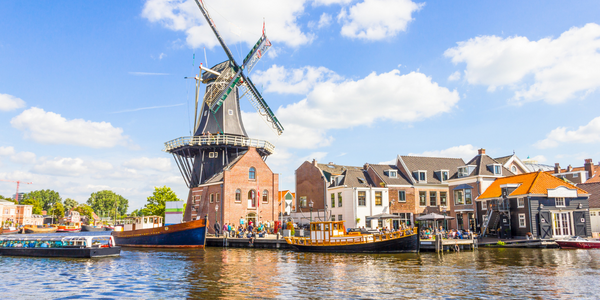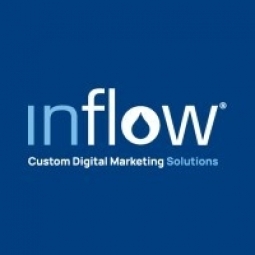Applicable Functions
- Sales & Marketing
Use Cases
- Track & Trace of Assets
About The Customer
The customers in this case study are Asphalt Kingdom and Candy Direct. Asphalt Kingdom is a leading provider of asphalt and asphalt-related products, offering a comprehensive range of solutions for both residential and commercial applications. Despite their extensive product range and industry expertise, they were struggling to attract the online traffic and backlinks necessary for effective SEO. Candy Direct is an eCommerce site specializing in the sale of bulk vintage and nostalgic candy. They had no existing content on their blog and were seeking to increase their brand awareness and establish themselves as a go-to source for bulk candy purchases.
The Challenge
Asphalt Kingdom and Candy Direct, two eCommerce brands, were struggling to increase their online visibility and engagement. Asphalt Kingdom, a leading provider of asphalt and asphalt-related products, was not receiving the traffic or the quality and quantity of backlinks necessary to rank well in search results. They needed strong, natural links back to their site to boost overall SEO health and, ultimately, revenue. Candy Direct, an eCommerce site selling bulk vintage/nostalgic candy, had no content on their blog and needed to increase brand awareness as a go-to source for bulk candy. They aimed to create a rich and interesting library of blog content for potential customers.
The Solution
For Asphalt Kingdom, a creative approach to content marketing-based link building was adopted. The strategy involved targeting different customer personas and demographics with content that would be compelling and relevant to them. A linkbait piece featuring 3-D chalk art was developed, which was fun, unexpected, and had the potential to be a social media sensation. For Candy Direct, the absence of content opened the door for keyword research, creative brainstorming, and other possibilities. A multi-expert piece was compiled, interviewing Candy Stylists from around the world on how candy buffets can add pizazz to an event. A social engagement strategy was also implemented, involving a contest to guess the number of jelly beans in a jar to win cash, reinforcing the brand's nostalgic/vintage candy theme.
Operational Impact
Quantitative Benefit

Case Study missing?
Start adding your own!
Register with your work email and create a new case study profile for your business.
Related Case Studies.

Case Study
IoT Applications and Upgrades in Textile Plant
At any given time, the textile company’s manufacturing facility has up to 2,000 textile carts in use. These carts are pushed from room to room, carrying materials or semi-finished products. Previously, a paper with a hand-written description was attached to each cart. This traditional method of processing made product tracking extremely difficult. Additionally, making sure that every cart of materials or semi-finished products went to its correct processing work station was also a problem. Therefore, the company desired an intelligent solution for tracking assets at their factories. They also wanted a solution that would help them collect process data so they could improve their manufacturing efficiency.

Case Study
Goldcorp: Internet of Things Enables the Mine of the Future
Goldcorp is committed to responsible mining practices and maintaining maximum safety for its workers. At the same time, the firm is constantly exploring ways to improve the efficiency of its operations, extend the life of its assets, and control costs. Goldcorp needed technology that can maximize production efficiency by tracking all mining operations, keep employees safe with remote operations and monitoring of hazardous work areas and control production costs through better asset and site management.

Case Study
Buoy Status Monitoring with LoRa
The Netherlands are well-known for their inland waterways, canals, sluices and of course port activities. The Dutch Ministry of Infrastructure indicates that there are thousands of buoys and fixed items in and near water environments that would profit from IoT monitoring. One of the problems with buoys for example, is that they get hit by ships and the anchor cable breaks. Without connectivity, it takes quite some time to find out that something has happened with that buoy. Not to mention the costs of renting a boat to go to the buoy to fix it. Another important issue, is that there is no real-time monitoring of the buoys at this moment. Only by physically visiting the object on the water, one gains insight in its status.
Case Study
IoT Based Asset Tracking System
The existing system used by the customer could only track a few thousand assets and was able to generate only a few standard set of reports. As the number of assets tracked grew exponentially, the system started to break at the seams. The Tracking devices were from different manufacturers following different protocols. There was no proper integration among the devices to send instant alerts. There are thousands of tracking devices spread across multiple geographies, that are moving. The configuration and troubleshooting of these devices incurred heavy costs, which was a logistics challenge. The existing system did not provide sophisticated Analytics, Business Intelligence and Insights from the data

Case Study
IIC - Track and Trace Testbed
Factory systems can detect - within a meter - the location of a tool; Misuse of tools can result in serious accident or injury; The production of many industrial and consumer goods requires exacting work - down to the precise force used to tighten a screw. GOAL Manage smart, hand-held tools in manufacturing, maintenance, and industrial environments








